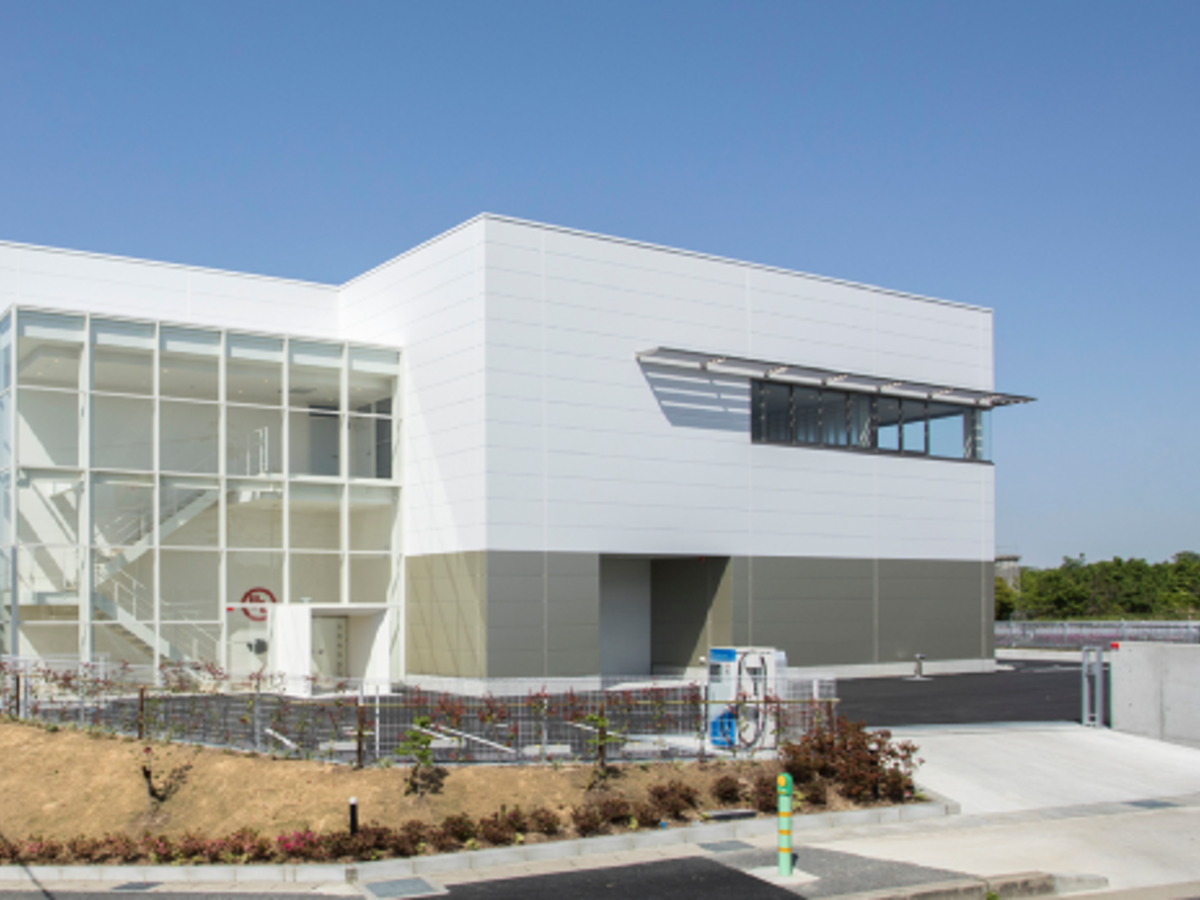July 18, 2017
Driven by advanced technologies and the consumer’s demand for 24/7 connectivity, 55 percent of new vehicle sales will include an array of connected services and technologies—navigation, diagnostics, infotainment and safety. Connectivity allows a driver to receive not only a variety of information such as road conditions and road closures but 4G Wi-Fi hotspots to help keep the family plugged in even while on-the-go.
As auto manufacturers adopt electronic devices into their vehicles at increasing rates, integration between car communications and control systems with municipal infrastructure will be critical. In addition, avoiding electromagnetic wave interference among in-vehicle cameras, millimeter wave radars, GPS, etc., will be of paramount importance.
Safer, more secure cars will be required to mitigate potential risks and successfully incorporate these new technologies and services. Meanwhile, car makers and their suppliers are developing new safety technologies, including highly sophisticated sensors, for the prevention of collisions.
To meet the challenges of the connected car, UL opened the ATC in Japan’s Aichi prefecture (Miyoshi-city), where many automotive-related players and parts makers are located. The ATC, one of the largest commercial laboratories in Japan at more than 20,000 square feet of space, can respond quickly to rapidly advancing automobile-related technologies and regulations, offering a full solution as a reliable partner to Japanese car businesses that are accelerating the future of transportation mobility.
Since EMC is critical for establishing accurate and stable communications in connected cars, the ATC conducts EMC testing for automotive equipment, electrical systems, wireless communications and interoperability connections. Moreover, the ATC tests smartphone interoperability with automotive audio and navigation systems.
In addition to EMC testing, the ATC tests to specifications set by automobile manufacturers, international and industry standards, and global radio regulations and standards. The facility also can conduct environmental tests, including water and dust proof tests and vibration tests.
By opening the ATC, UL is contributing to the safe development of the automotive industry in Japan by helping the industry meet the requirements of sophisticated technologies, such as EMC and wireless communications.
Hidehiko Yamajo, Vice President and Managing Director of Japan, notes that “in the coming era of connected cars, we can expect to enjoy many new in-vehicle technologies and related services. Third party testing of safety and performance requirements can help automakers gain consumer trust in the adoption of connected cars.”

